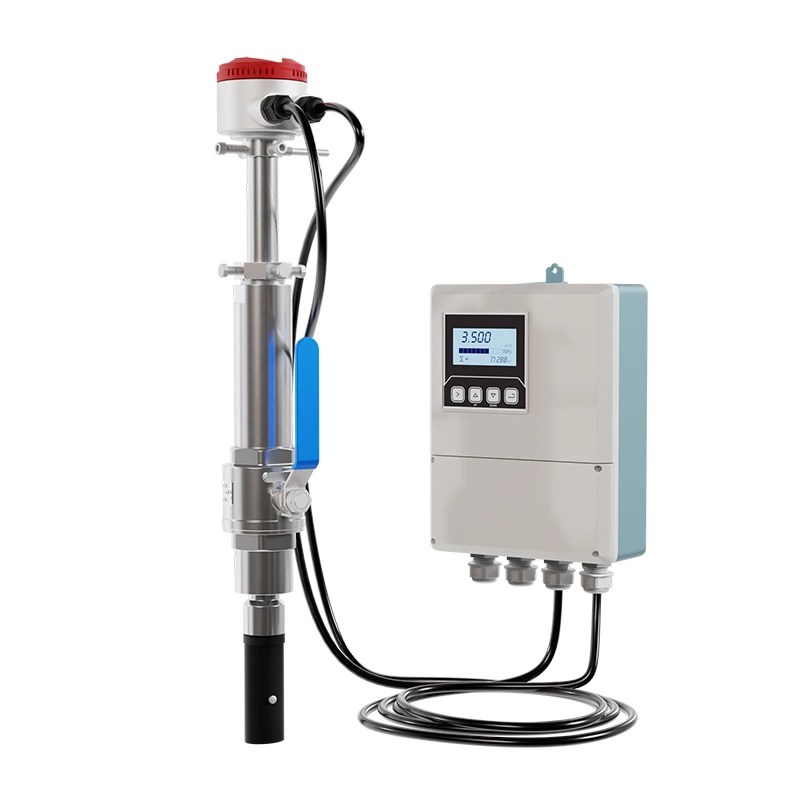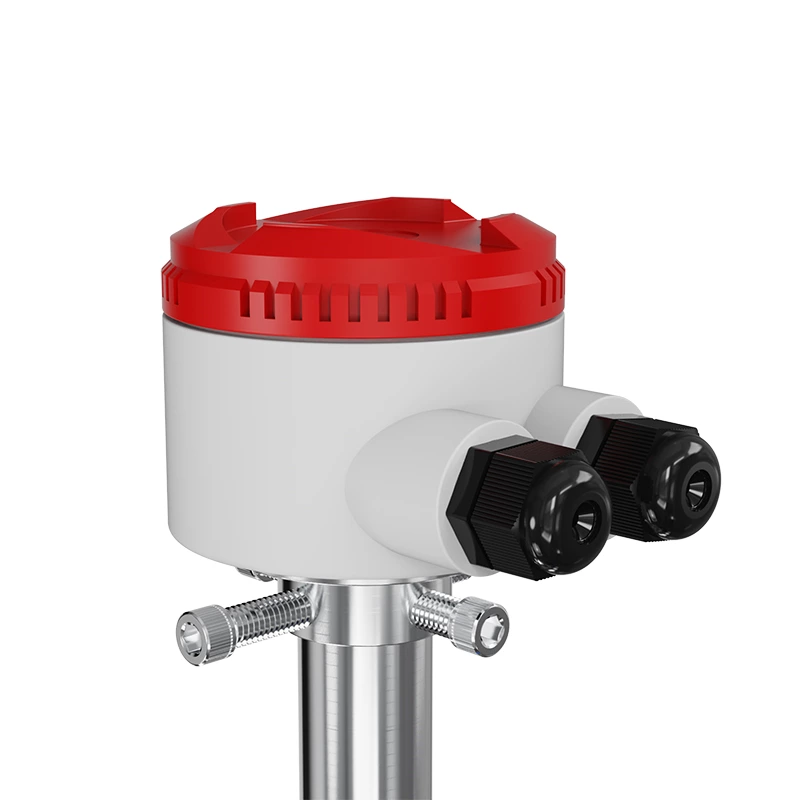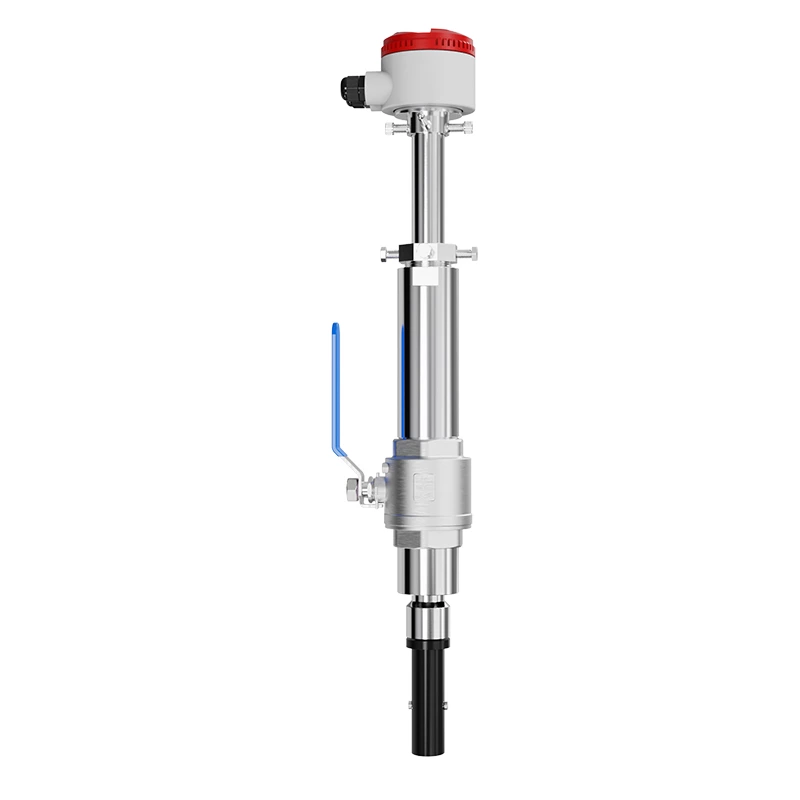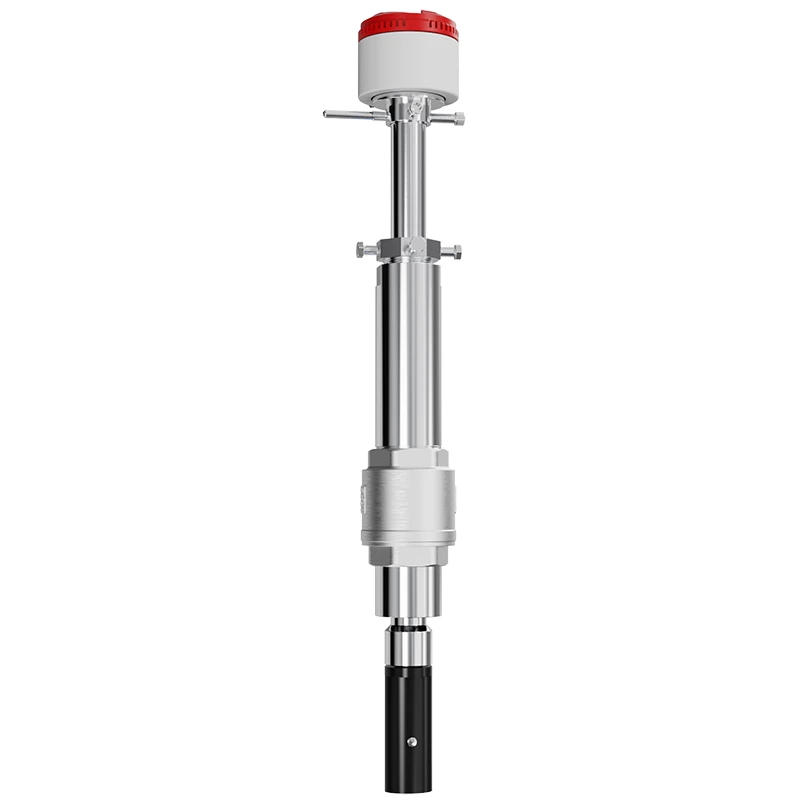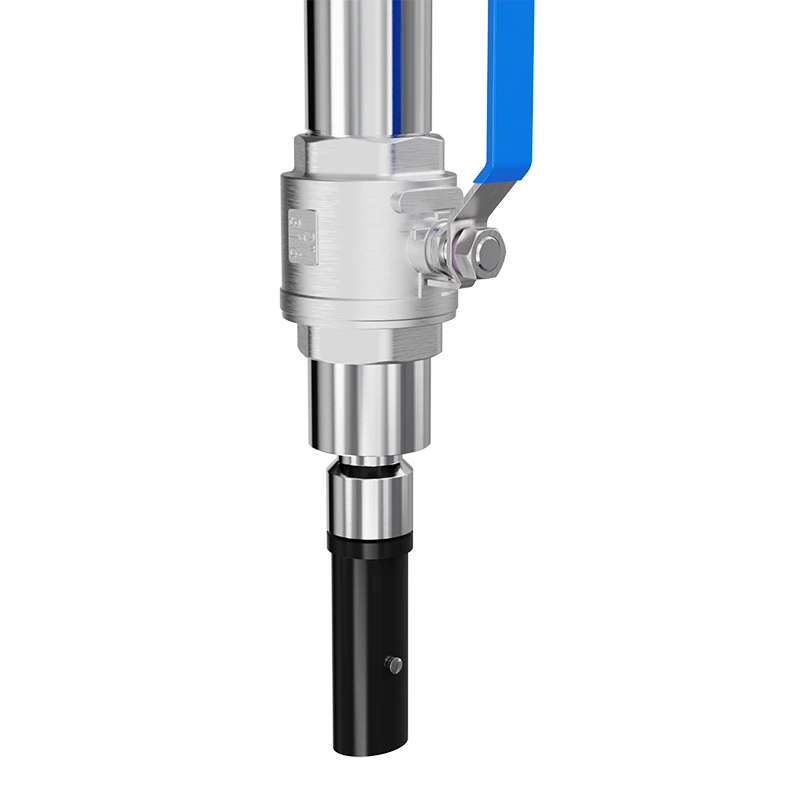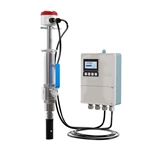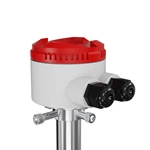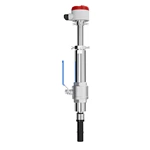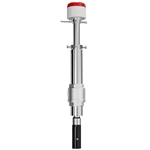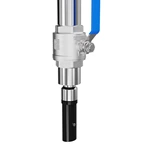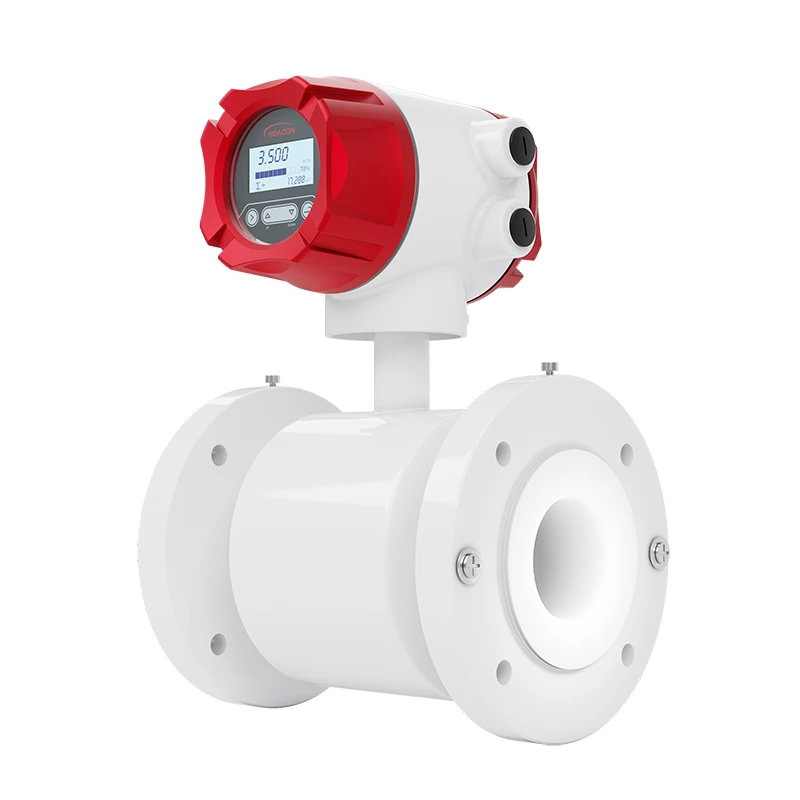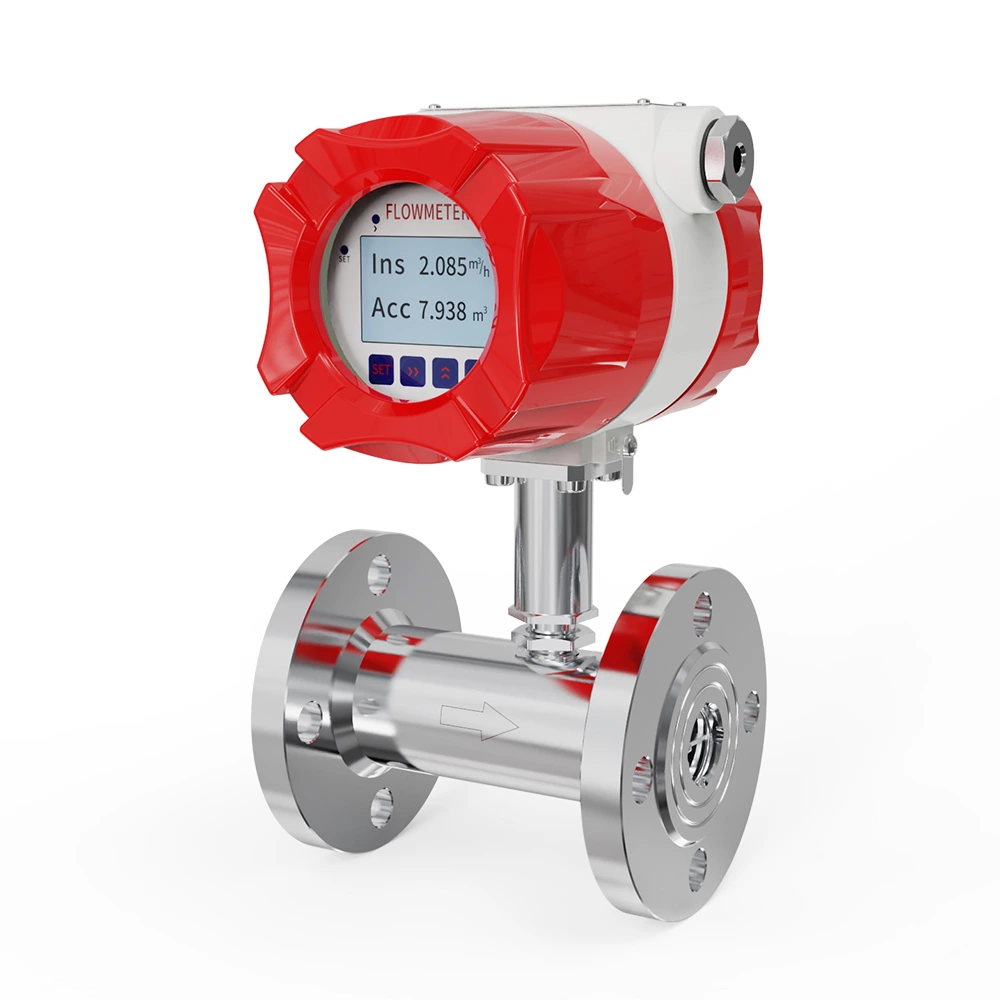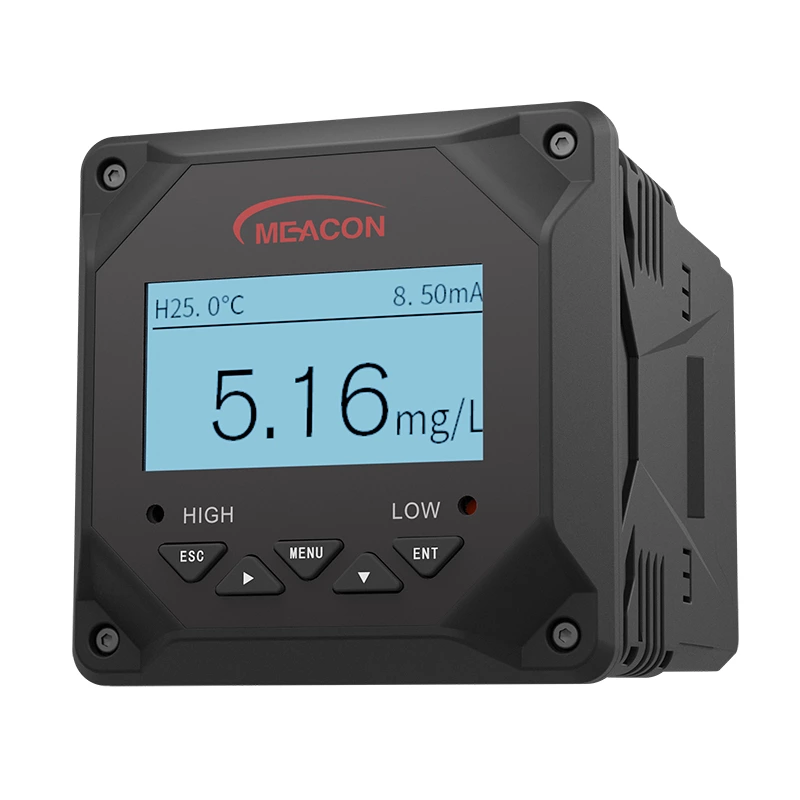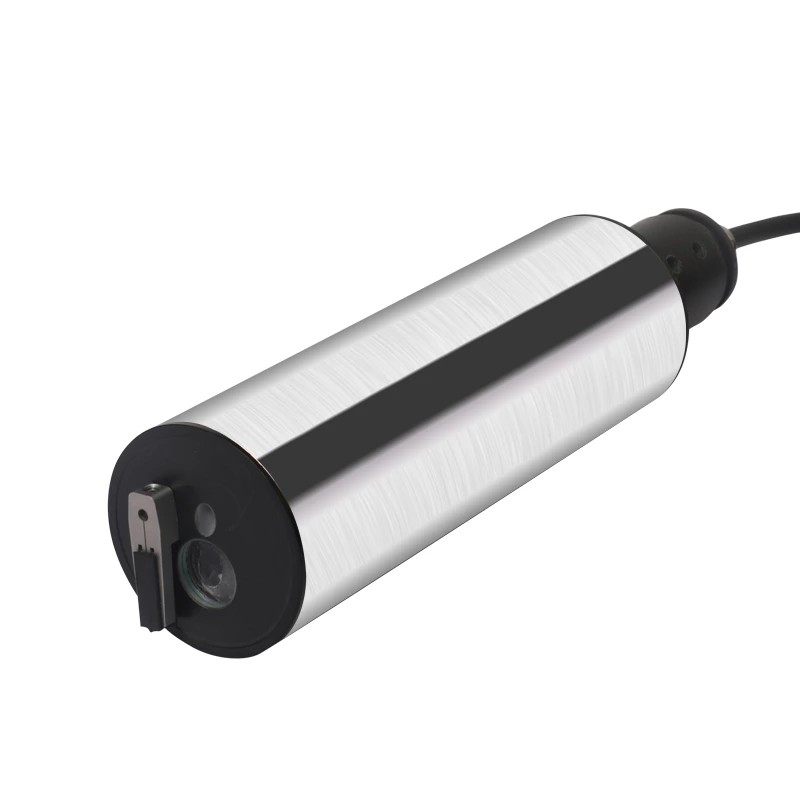| Size |
DN100mm-DN3000mm |
| Nominal Pressure |
1.6 Mpa |
| Accuracy |
1.5% |
| Probe |
ABS, Polyurethane |
| Electrode |
SUS316L, Hastelloy B, Hastelloy C |
| Structure Type |
Integral type, remote type |
| Medium Temperature |
-20~+80degC |
| Ambient Temperature |
-20~+60degC |
| Ambient Humidity |
5~100%RH(Relative humidity) |
| Measuring Range |
Max 15m/s |
| Conductivity |
>5us/cm |
| Protection Class |
IP65(Standard); IP68(Optional for remote type) |
| Process Connection |
2'' Thread(Standard), 2'' Flange(Optional) |
| Output Signal |
4-20mA/Pulse |
| Communication |
RS485(Standard), HART(Optional), GPRS/GSM(Optional) |
| Power Supply |
AC220V(Can be used for AC85-250V)
DC24V(Can be used for DC20-36V)
DC12V(Optional), Battery powered 3.6V(Optional) |
| Power Consumption |
<20W |
| Alarm |
Upper Limit Alarm / Lower Limit Alarm |
| Self-diagnosis |
Empty Pipe Alarm, Exciting Alarm |
The MIK-LDG insertion electromagnetic flowmeter is a type of flow meter that is designed to measure the flow of conductive liquids in large pipes. This type of flow meter is installed directly into the pipe and measures the flow of liquid by detecting the electromagnetic field that is generated by the flow. It consists of a probe that is inserted into the pipe and a transmitter that is mounted on the outside of the pipe.
The transmitter generates a magnetic field that is picked up by the probe, and the resulting voltage signal is proportional to the flow rate. Insertion electromagnetic flowmeters are typically used in large pipes where it is not feasible to install a full-bore flow meter, and they are commonly used in industries such as water treatment, wastewater treatment, and chemical processing. One of the advantages of an insertion electromagnetic flowmeter is that it can be installed without having to shut down the process, which can save time and money.
The working principle of the Insertion type electromagnetic flowmeter is based on Faraday's law of electromagnetic induction. In the electromagnetic flowmeter, the conductive medium in the measuring tube is equivalent to the conductive metal rod in the Faraday test, and the two electromagnetic coils at the upper and lower ends generate a constant magnetic field. When a conductive medium flows through, an induced voltage will be generated. Two electrodes inside the pipe measure the induced voltage generated. The measuring pipeline is electromagnetically isolated from the fluid and the measuring electrode through a non-conductive lining (rubber, Teflon, etc.)
